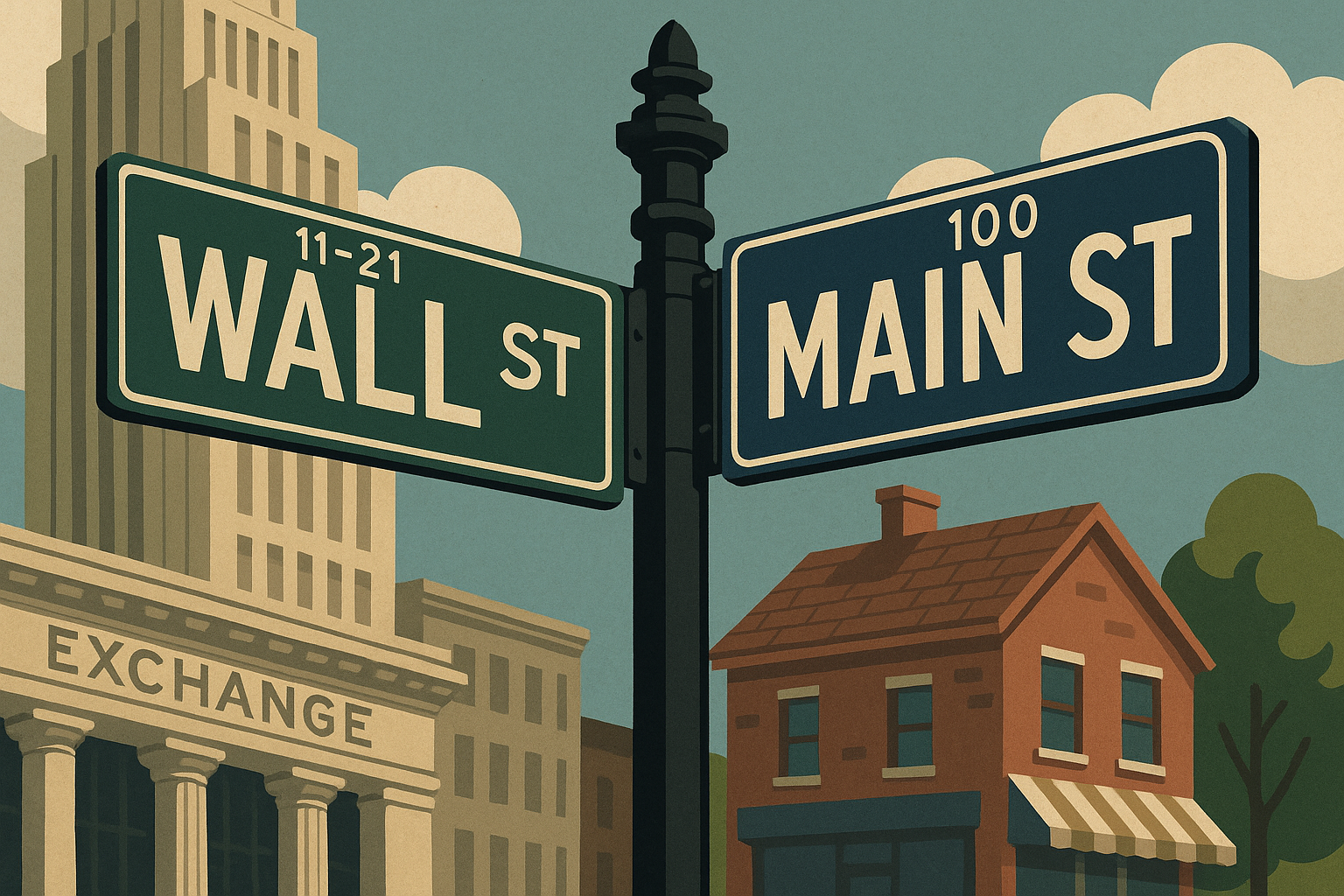The U.S. stock market often looks like it’s running on a sugar high. Investors cheer at even a whisper of interest rate cuts, while ignoring the fact that real-life prices — from your McDonald’s Big Mac meal to the Labor Day shopping cart — keep climbing. And now, Trump’s sweeping tariffs are adding a new layer of cost pressure.
This is where Wall Street’s expectations and Main Street’s reality collide.

For over a decade, low interest rates have been the market’s drug of choice. Lower rates mean:
The problem? The market has become conditioned to expect the Fed to “feed” it with cuts, regardless of fundamentals. Like an addict, stocks crave the next hit of liquidity to keep going.
The Fed may say inflation is easing, but everyday life tells another story. A McDonald’s Big Mac meal costs far more than just a few years ago. Food, rent, and services remain sticky — proof that inflation isn’t vanishing.
Yet markets still price in rate cuts. This creates a dangerous paradox:
Even more troubling, any signs of a weak job report or soft economic data are now greeted as “good news” by Wall Street, because they raise hopes that the Fed will ease sooner. This upside-down logic shows just how addicted the market has become to the prospect of cheap money.
It’s like a patient with high blood pressure asking the doctor for more sugar. The short-term relief could make the long-term illness worse.
This year’s Labor Day weekend is a perfect snapshot of how tariffs meet inflation:
So while the market hopes for relief from rate cuts, consumers face higher prices at checkout — whether for burgers or mattresses.
Wall Street’s obsession with low rates, Main Street’s struggle with sticky inflation, and the added drag of tariffs are all converging. The result is a dangerous disconnect:
At PRJ Analytics, we believe this is the moment to return to fundamental projection analysis. Rather than betting on when the Fed will cut, investors should focus on revenues, margins, capex discipline, cash flow, and industry risks. That’s how to separate companies with real strength from those floating on policy fumes.
This Labor Day, while Wall Street daydreams about rate cuts, Main Street is paying more for burgers, clothes, and cars. Tariffs are raising costs, inflation remains sticky, and the Fed is under pressure.
The stock market might act like it’s addicted to low interest rates, but investors can’t afford to be. The only antidote is discipline: focusing on fundamentals, not the next sugar rush.